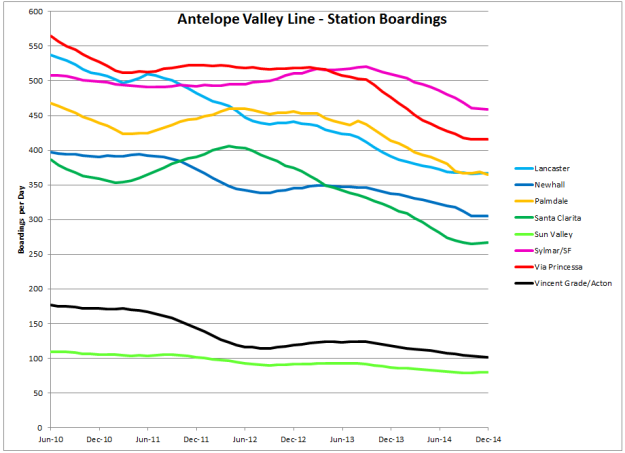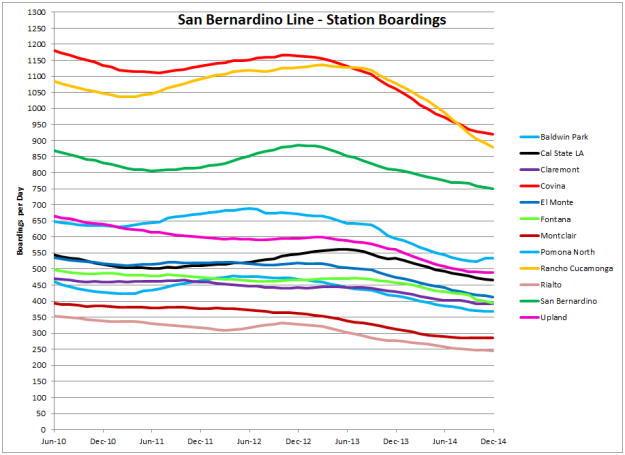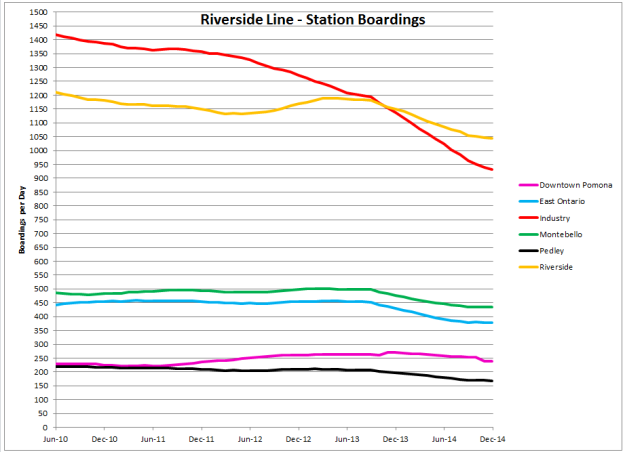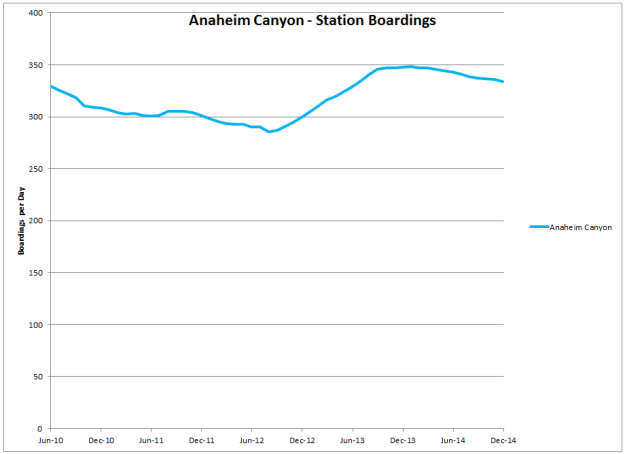As California grinds through year 4 of a terrible drought, it’s become clear that the state needs to overhaul its water management practices. However, the need to reform how manage the demand side shouldn’t turn us off to augmenting things on the supply side. Climate change and a growing economy have reduced the margin for error, and supplies are nearly maxed out. So here’s an exploration of an off-beat idea to increase water supplies for California and the Southwest in general.
Desalinization has long been a sort of Holy Grail of water supply in California; every day, the sapphire Pacific taunts us with its endless supply of unusable water. Desalinization technology has been improving, and costs decreasing, but the process unavoidably produces large quantities of concentrated brine as a waste byproduct. This highly saline water can have a negative impact on ocean ecosystems without careful management.
Enter Baja California. Just south across the border from the sweltering farms of the Imperial Valley, west across a low mountain range, lies an enormous salt flat know as Laguna Salada. This large, closed drainage basin, created by the same tectonic forces that created Death Valley and Nevada’s endless basin and range, is located about 60 miles northwest of the Gulf of California. Like Death Valley and the Salton Sea, this basin has been dropped below sea level, which means the energy needed to get sea water there is pretty low. It’s also a blazing hot desert, with enormous evaporative potential: over 4 feet per year from a free water surface.
The centerpiece of this plan would put huge desalinization facilities at the north end of the Gulf of California, powered by solar energy farms. Rather than cause environmental issues by being discharged into the ocean, the concentrated brine would flow north to Laguna Salada, where it would simply evaporate. The sea salt precipitating out of the brine would be harvested for sale. With the intense Baja California sun, and assuming a 50% recovery ratio, each square mile of the Laguna Salada would yield 2,560 acre-feet of drinkable water per year. Inundating the 300 square miles of the Laguna Salada would yield over 750,000 acre-feet of water per year.
As the title of the post suggests, this project would be built by the state of Baja California. The admittedly complex scheme would work as follows. Baja California would produce fresh water, which it would sell to water users in the southwest with the most junior water rights: the states of Nevada and Arizona, and the CA State Water Project (SWP).
Since there is no way to convey water from Laguna Salada to Arizona and Nevada, project water would be swapped with Colorado River water via the Imperial Irrigation District (IID) and users in Mexico. Nevada and Arizona would get additional water from the Colorado in exchange for IID and Mexican users getting water from the project. This swap actually has a side benefit in that it would mix demineralized water from the project with the excessively mineral waters from the Colorado River, alleviating salt build up in IID and Mexican fields. In wet years, NV and AZ transfers would be represented by additional storage in Lakes Mead and Powell.
Meanwhile, water from the project could also serve the Coachella Valley, which extends from Palm Springs to Indio. Coachella users would swap project water for water from the Southern California Metropolitan Water District, which would in turn swap water with SWP users. In wet years, SWP transfers would be represented by additional storage, in this case recharging groundwater supplies in the San Joaquin Valley.
Some notes on the scale of facilities. The largest desalinization plant in the world is Sorek, in Israel, produces 150 million cubic meters of water per year, equal to about 120,000 acre-feet. Thus, the project would require 6-7 facilities the size of Sorek, which seems reasonable. Salt content in the Pacific Ocean is about 35 g/L, so completely evaporating 1.5 million acre-feet of sea water per year would yield over 50 million tons of salt. If that sounds like a crapload of salt, it is – it’s equivalent to at least 15% of global production.
If harvesting the sale doesn’t work, or if you wanted to expand the scale of the project, you’d have to return the brine to the ocean. However, that might impact the Gulf of California’s unusual thermohaline circulation (salty water out on top), which contributes to biodiversity in the gulf. Even with large desalinization facilities, it’s a very small amount of brine relative to the volume of the gulf – I just have no idea what the impacts would be.
This scheme is obviously pretty half-baked, and not without impacts, such as impacts from running such an enormous salt farm. Consider it a jumping off point for creative ideas to augmenting California’s water supply. The drought is pushing us, but human ingenuity can overcome it, both with ways to provide more water as well as ways to conserve and wisely use what we have.


















